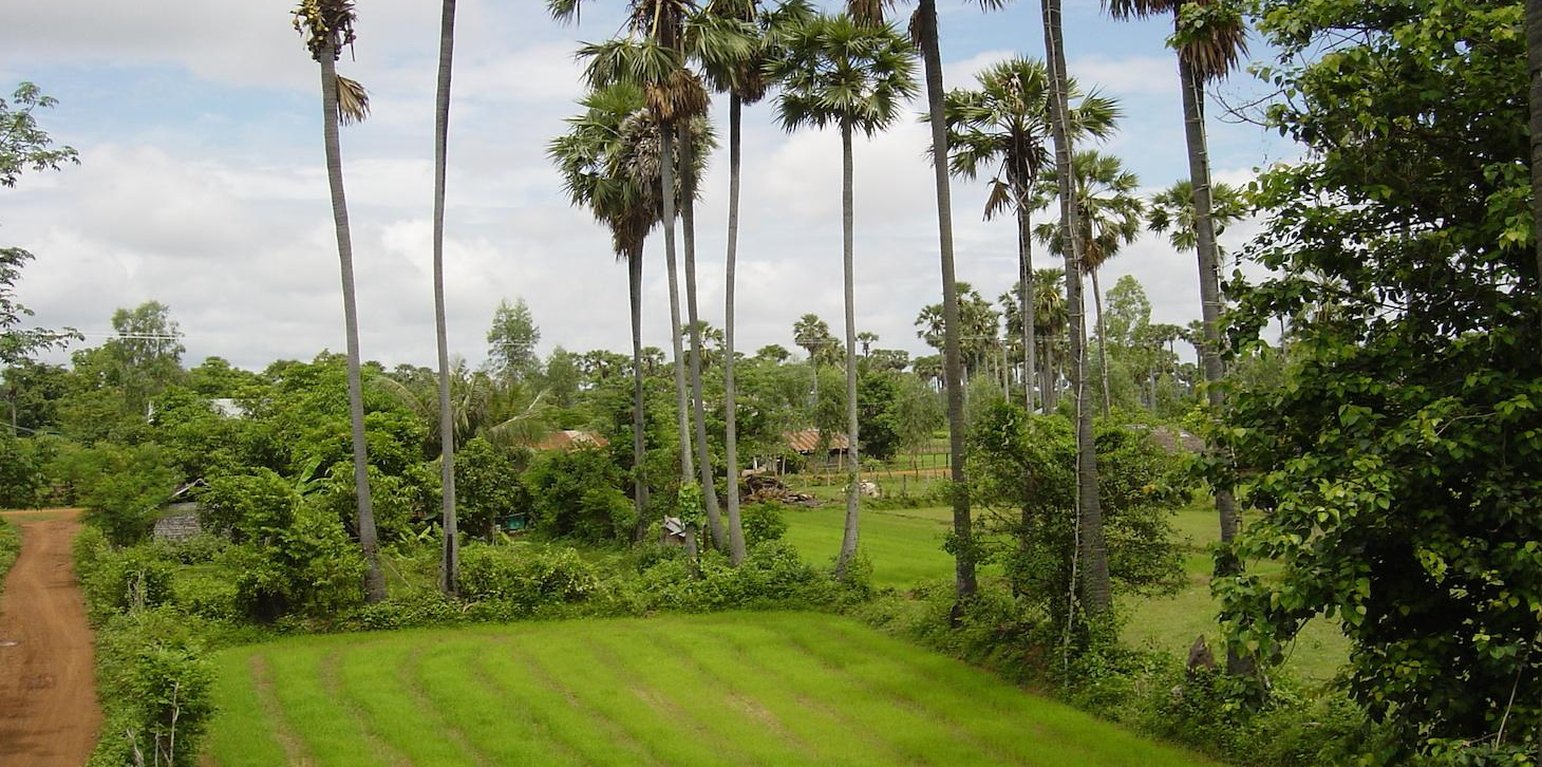



The sugar palm (Borassus flabellifer ) is the national tree of Cambodia, it is well adapted to the local natural environment and there is a long tradition to grow sugar palms. Therefore, only a negligible workload is required for both the establishment (fruits falling down from the already existing trees will grow) and the maintenance of the trees. As the sugar palm is resistant to waterlogging and floods (even in flooded areas in the floodplains), and it grows well at low pH, it is planted/grown on the rice field dykes and around the houses. The trees which are growing around the paddy fields have some positive effects on both soil and rice, as they slow down the wind and thus reduce evaporation and wind erosion. They also attract wildlife, and thus allow the establishment of other vegetation. The trees also have a purifying effect on the groundwater, and cycle the nutrients which are otherwise lost in the groundwater. The sugar palms and their products can be used in manifold ways: the leaves for wickerwork and roofs; the stems as fences, for ropes and strings; the fruits as food, fodder and to make straw palatable for cattle; the sap as fodder, to make wine, sugar, and vinegar; and the trunk as construction wood – these are only some of its uses. They reduce the risk of a complete crop failure, as their products are not subject to weather fluctuations.
After the collectivization of land during the civil war (1975-1979), the land and the trees were newly distributed to the people according to the size of the household. The ownership of the land and of the trees was not related. Until today, the trees can be growing on someone’s land, but can be sold or rented to somebody else who harvests its products.
The main reason to plant sugar palms in this area is the sap collection. In order to collect the sap, firstly bamboo ladders are tied to the sugar palm trees. In the dry season, the tapper climbs up the trees to collect the sap. The male or female inflorescence is crushed with a special tool and a piece of it sliced off. Bottles are hanged beneath the cut part, and the sap will flow into these bottles. The crushing and slicing is repeated twice a day, so the amount of collected sap can be optimized. Most of the sap is cooked on a fire and made into syrup, and if there is too much sap, it is fermented and sold as palm wine.
The fruits that fall down on the rice fields are thrown on the dykes, where they grow. The seedlings tolerate some cattle grazing, as long as only the leaves and not the bud are eaten.
The analysed area is flat (slope < 2%), with a tropical climate (dry season from November to May and wet season from June to October), and the soils are mostly sandy or loamy. The soil has a low fertility, contains little organic matter, and acidifies. The area has been deforested a long time ago, and the groundwater table is rather high (1-2 m during the dry season, on the surface during wet season). Due to climate change, farmers notice more erratic rainfalls, temperature rises and more recurrent droughts. Rice is the predominant crop grown in the area, since it serves as staple food (mix subsistence and commercial activities).
The increasing migration rate (the young generation leaves the villages to work in the cities, garment industry or abroad) results in a decrease of available labour force in the area which has detrimental effects on the agricultural activities. Furthermore, the civil war in the 1970s (Khmer Rouge) led to the loss of agricultural knowledge which different NGOs try to re-establish.
Lugar: Rolear Bier / Thnorng Kombot, Kampong Chhnang, Cambodia
No. de sitios de Tecnología analizados:
Difusión de la Tecnología: distribuida parejamente sobre un área (approx. 10-100 km2)
¿En un área de protección permanente?:
Fecha de la implementación: hace más de 50 años atrás (tradicional)
Tipo de introducción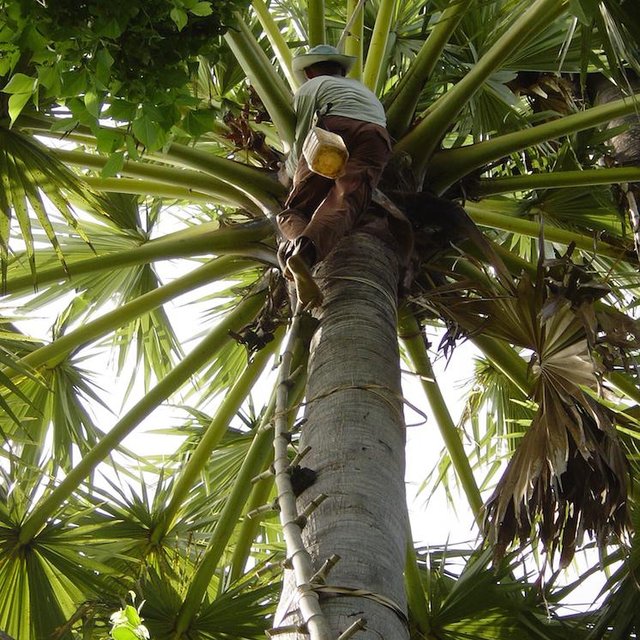

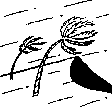
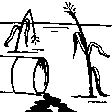


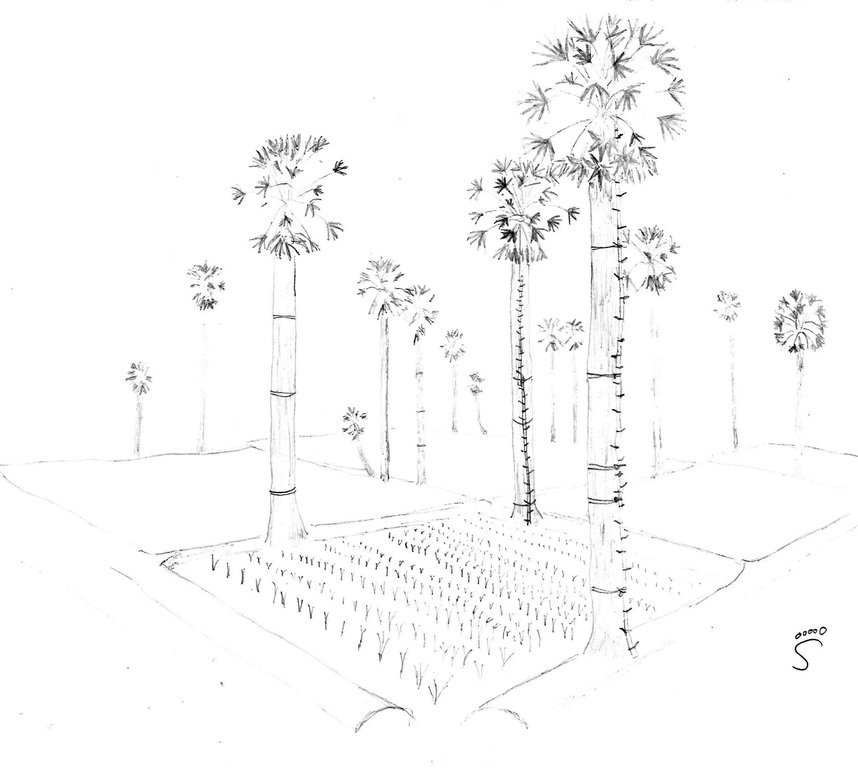
| Especifique insumo | Unidad | Cantidad | Costos por unidad (n.d.) | Costos totales por insumo (n.d.) | % de los costos cubiertos por los usuarios de las tierras |
| Mano de obra | |||||
| Labour | ha | 1,0 | 10,0 | 10,0 | 100,0 |
| Equipo | |||||
| machine use | ha | 1,0 | 25,0 | 25,0 | 100,0 |
| Costos totales para establecer la Tecnología | 35.0 | ||||
| Costos totales para establecer la Tecnología en USD | 35.0 | ||||
| Especifique insumo | Unidad | Cantidad | Costos por unidad (n.d.) | Costos totales por insumo (n.d.) | % de los costos cubiertos por los usuarios de las tierras |
| Mano de obra | |||||
| Labour | ha | 1,0 | 3221,0 | 3221,0 | 100,0 |
| Material de construcción | |||||
| Firewood | ha | 1,0 | 357,0 | 357,0 | 100,0 |
| Bamboo and rattan | ha | 1,0 | 471,0 | 471,0 | 100,0 |
| Indique los costos totales para mantenecer la Tecnología | 4'049.0 | ||||
| Costos totales para mantener la Tecnología en USD | 4'049.0 | ||||
Leaves fall on the fields, but if they are removed the adverse effect is negligible.
Old trees are logged and used as firewood or construction material.
Sugar palms can grow in adverse conditions.
Trees on the dykes might hinder the use of machines on the fields.
Trees have a purifying effect on the water.
The products of the sugar palms are sold on the market, whereas rice is only grown for sustenance.
The products of the sugar palms are sold on the market, whereas rice is only grown for sustenance.
Harvesting and processing of sap is strenuous and time consuming, especially during dry season.
Cheap alcohol, diabetes
Aesthetic value.
The products of the sugar palms generate income to the land user and his family (rice is only used for home consumption), and they are more resilient to erratic rainfall patterns.
The roots reach the ground water table, and have a difficult to quantify effect on it.
Evaporation is tackled due to the decrease of wind speed.
Evaporation is tackled due to the decrease of wind speed.
Nutrients below the root level of annuals are picked up and reintroduced in the nutrient cycle.
The region is prone to monocultures (rice), however in this region there are a lot of sugar palms and other tree species. Sugar palms protect the other plants, attract birds (dissemination of seeds) and have therefore a positive impact on biodiversity.
Sugar palms as habitat for different animals (bats, birds, etc.)
Purifying effects of trees.
Reduction of wind velocity.
Firewood is used as the main source of energy. The land user buys the wood.